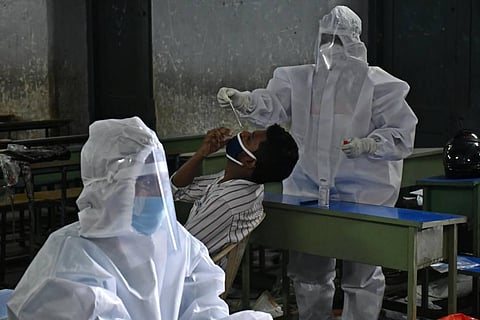

NEW DELHI: The Delhi government on Thursday released its report on the second sero survey which stated that 29 per cent of the population has already got antibodies of coronavirus.
However, experts claimed that little could be understood from the survey about the pandemic situation in the national capital. While Delhi Health Minister Satyendar Jain linked the antibodies prevalence with herd immunity, stating that 70% people have not developed antibodies and therefore yet to reach the stage of herd immunity, the experts expressed a different opinion.
“We don’t know if the antibodies can provide protection. The sero survey results are just numbers of those who are exposed to the virus. Therefore we cannot talk of herd immunity. Herd immunity comes when the antibodies are found to be providing protection, and that has not yet been found out.
We don’t know how long the antibodies are providing protection, it can be for 3 months, 6 months or one year but nothing is clear. So the results of sero survey and herd immunity cannot be connected,” said Dr Lalit Kant, former scientist ‘G’ and head (Epidemiology and Communicable Diseases Division), ICMR. Dr Jugal Kishore, Head and Dean, Community Medicine, Safdarjang Hospital noted that the results are contradictory to what was the result in the first one.
“It is very difficult to comment on what the reports of second survey implies and what is the status of Delhi based on the reports. If the first survey had 23 per cent population antibodies, technically it should have been above 35% by now. But that didn’t happen. If we see the reports of Pune or Mumbai, Delhi should have been technically close to that figure if not same.
So, unless the parameters on how the survey was conducted is known, not possible to explain further, “ he added. “More transmission have happened in the phase between first and second survey while in others cases it could be controlled. Each district is different and hence variation in samples and results,” added Dr Kant.